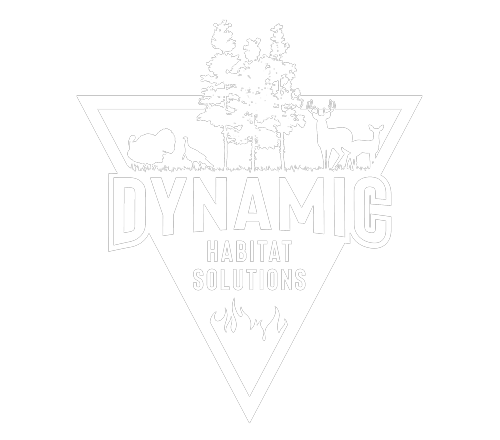What Are The 3 Types Of Aquatic Vegetation?
Have you ever wondered what grows in water besides fish? Just like we have plants on land, there are also plants that grow in water. These plants are called aquatic vegetation. They are important because they help keep the water clean and offer a home and food for many animals. Today, let’s learn about the three different types of aquatic vegetation.
Types of Aquatic Vegetation
Aquatic vegetation can be sorted into three categories: submerged plants, floating plants, and emergent plants. Each type has its own special way of living in water. Understanding these types helps us know how to protect and care for their watery homes.
Submerged Plants
Submerged plants are like hidden treasures in the water. They grow completely underwater. Their leaves and stems are not above the surface, so you can’t see them unless you look closely. These plants are vital because they produce oxygen, which helps fish and other animals breathe. Examples of submerged plants include eelgrass and elodea.
How Submerged Plants Help
These plants do amazing things! They keep the water clean by absorbing nutrients that could make water dirty. Fish love hiding in them to stay safe from predators. When fish are happy, the whole water world is happy.
Floating Plants
Floating plants are like little boats on the water. They stay on the surface and float around freely. Because they float, these plants can get a lot of sunlight, which helps them grow. Some common floating plants are water lilies and duckweed.
Why Floating Plants Matter
Floating plants are important because they provide shade. This shade keeps the water cool for fish and other creatures. Cool water holds more oxygen, which is good for all aquatic life. They also provide tiny hiding spots for insects and frogs, which in turn feed fish and birds.
Emergent Plants
Emergent plants are like the water’s guardians. They grow in the water but also rise above it. Their roots are in the soil, usually at the edge of a pond or river, but their leaves and flowers stick above the water. You may have seen cattails or bulrushes before. These are examples of emergent plants.
The Role of Emergent Plants
Emergent plants help prevent the soil from washing away. This is important for keeping water bodies in shape. They also provide nesting spots for birds and help slow down water flow, creating a calm environment for other creatures.
Why Aquatic Vegetation is Important
Aquatic vegetation is crucial for many reasons. It helps keep the water ecosystem healthy. Plants clean the water by filtering it and providing oxygen. They also give shelter and food to fish, birds, frogs, and insects. This creates a balance where animals can live and grow together.
Keeping Water Healthy and Clean
Plants in the water act like a filter, cleaning out harmful substances. Without these plants, water could become dirty and unsafe for the animals living in it and even for humans who use it.
Providing Food and Shelter
Aquatic vegetation is like a big buffet and house for aquatic creatures. Many animals eat these plants. At the same time, they offer protection against predators. Small fish swim around in the plants to hide. Birds and other animals use the plants as spots to lay eggs and raise their young.
Taking Care of Aquatic Vegetation
It’s very important to take care of aquatic vegetation. Sometimes, plants can grow too much and cause problems. This happens a lot with invasive plants, which are not naturally found in the area and can take over.
What Happens When Plants Grow Too Much?
When there are too many plants, they might block sunlight from getting into the water. This means other plants and animals might not get enough light and oxygen. Too many plants can also make it hard for boats to move around.
Fighting Invasive Plants
Invasive plants are like uninvited guests at a party. They grow very quickly, taking over and leaving no room for native plants. This can hurt the balance of the ecosystem. It’s important to remove invasive plants and let the native plants thrive.
How You Can Help
You can help these plants too! If you ever visit a pond or lake, always throw your trash away properly. Litter can harm plants and animals living in the water. Also, encourage everyone around you to do the same.
Dynamic Habitat Solutions
For those looking to maintain and restore aquatic environments properly, consider Dynamic Habitat Solutions. They are experts in keeping ponds and aquatic areas healthy and clean. Based in McDavid, Florida, they specialize in pond cleaning, dredging, and aquatic vegetation removal. Their team is committed to balancing nature, using advanced equipment like the Truxor T50 to tackle issues like sediment buildup and algae overgrowth.
Dynamic Habitat Solutions is dedicated to caring for nature with your help. Using sustainable methods, they work hard to protect the land and water, making sure it stays healthy for future generations. They believe in honoring their stewardship of creation and standing behind their faith-driven mission to restore and manage native habitats.
Choose Dynamic Habitat Solutions for a clean and thriving water feature. For more information, visit them at 1800 North Century Boulevard, McDavid, Florida, or give them a call at (850) 530-5619. You can also check out their website or social media pages for more details.
